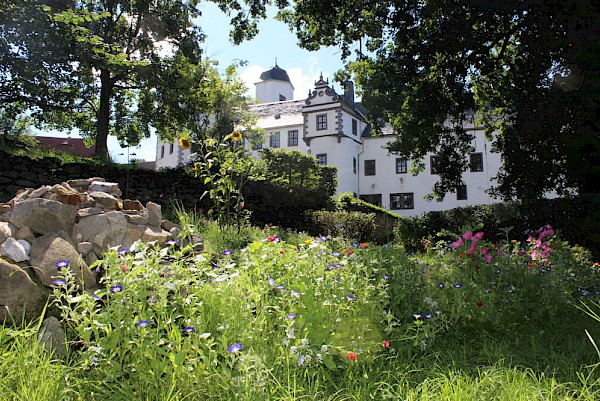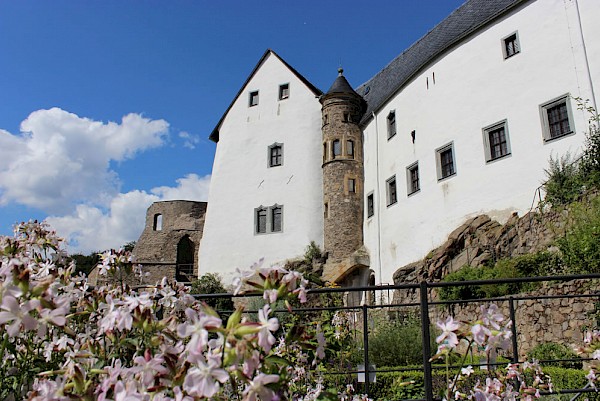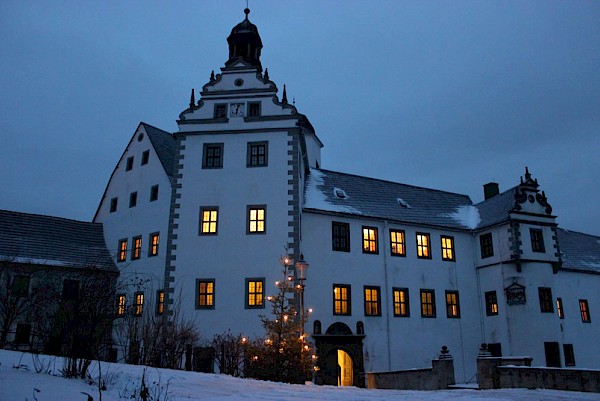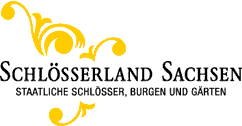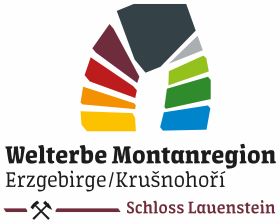Lauensteiner Hutkonzerte: Lutz Funke & Carsten Nachtigall
GANZ GROßES KINO - Birdhouse Jazz spielt Filmmusik
Mit diesem Programm erfüllt Birdhouse Jazz sich und seinen Fans einen langgehegten Traum: Bearbeitungen von Film-, Musical- und Gospelmelodien sowie eigene Kompositionen berühren und lassen Filmstars von Charlie Chaplin bis Captain Jack Sparrow oder James Bond bis Solo Sunny vor dem inneren Auge erscheinen. Aber auch tierische Freunde wie Harry Potters Hedwig und andere Helden aus Kindertagen dürfen natürlich nicht fehlen! Tauchen Sie ein in die fantastische Kinowelt und erleben Sie große Emotionen – "Ganz großes Kino" mit Carsten Nachtigall (Piano) und moderiert mit einem Augenzwinkern von Lutz Funke (Alt-, Tenor- und Baritonsaxophon).
27.07.2024

